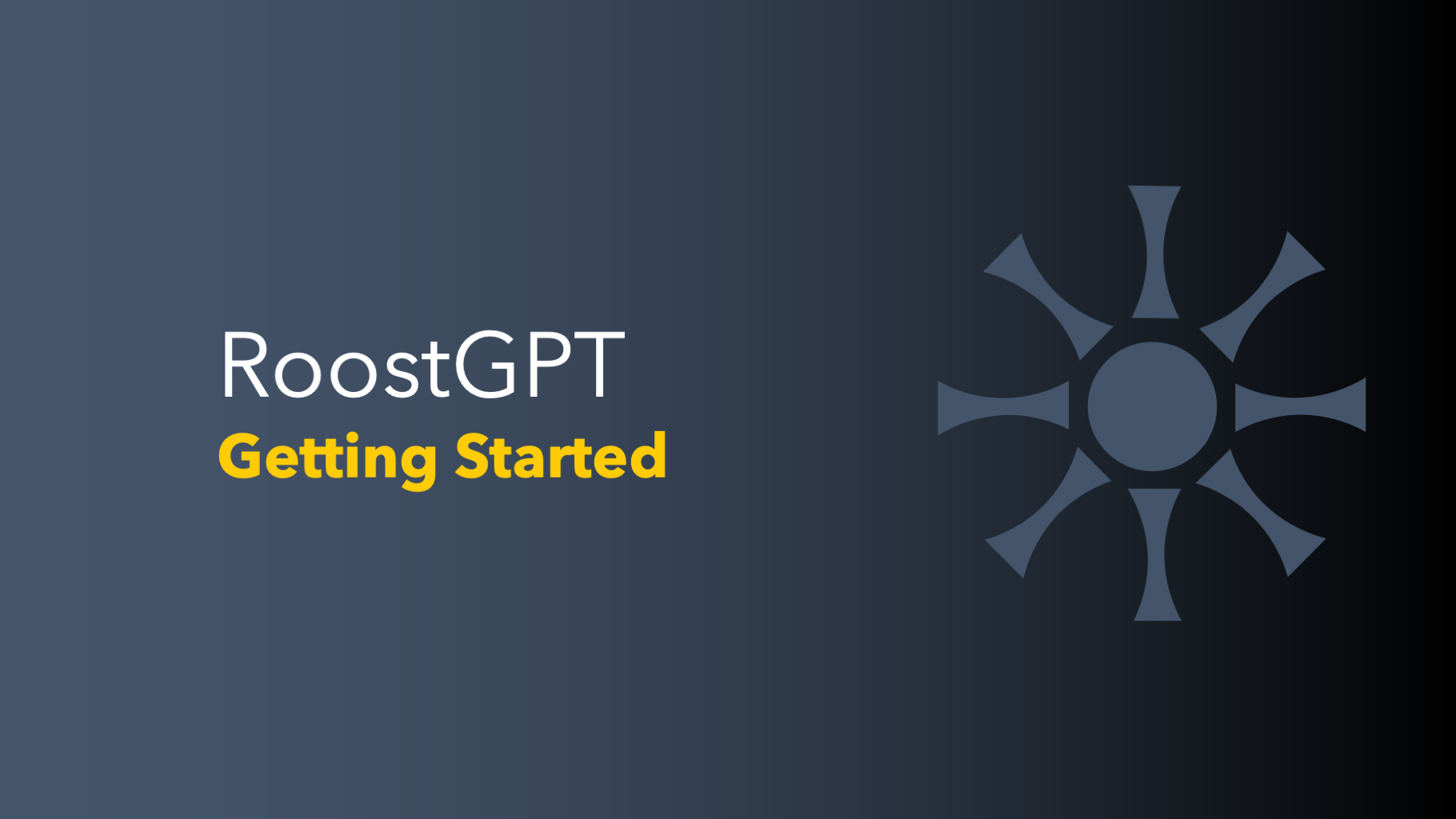<< Previous Edition: All World's Stage
Although RoostGPT provides the flexibility to be powered by various Large Language Models (LLMs) like GPT-4 and Vertex, it's essential to understand that without an LLM, RoostGPT simply cannot function. It's akin to an airliner without jet engines – the framework might be there, but without the engines, it's grounded. RoostGPT is LLM-native at its core; these models aren't just features, they're the very thrust that propels it. This contrasts sharply with other products that might retrofit LLMs for trendiness. In RoostGPT's case, LLMs are its lifeblood, indispensable for its operation and success.
This leads us to a thought-provoking question that frequently arises: How is RoostGPT accomplishing what was previously deemed impossible? I perceive this as a multi-faceted inquiry as the innovation at RoostGPT is standing on the shoulders of giants. We can divide it into three interlinked inquiries:
-
Why (Classic) AI?
-
Why GPT?
-
Why RoostGPT?

Why AI?
Einstein remarked “God does not play dice” (to indicate his refusal to accept quantum probabilities) , to which Niels Bohr, another brilliant physicist, replied “Einstein, stop telling God what to do” Later, in a 1942 letter to Cornel Lanczos, Einstein wrote "It seems hard to sneak a look at God's cards.
Classic AI represents a profound departure from the deterministic nature of rule-based systems. Unlike these systems, which are limited to predefined instructions, classic AI introduced a level of flexibility and adaptability never seen before using probabilistic path.
Traditional AI operates by fitting curves, but its capabilities extend far beyond simple lines or arcs. It involves the intricate task of fitting complex, multidimensional models within the expansive hyperspace manifold. In simpler terms, it enables predictions across the entire problem domain, encompassing both familiar and unfamiliar scenarios.
Why GPT?
The emergence of transformers, as epitomized by models like GPT, marks a groundbreaking era in AI. It's their unique attention mechanism that sets them apart, offering a significant leap beyond the capabilities of classic AI.
The Attention Mechanism: Core of the Quantum Leap
The cornerstone of transformers is their attention mechanism. This innovative approach allows these models to evaluate and interpret entire sequences of data simultaneously. Unlike classic AI models that process data in a linear, sequential manner, transformers can understand the context and relationships of all parts of a text in a single instance. This leads to a more nuanced and comprehensive understanding of language.
Transforming Language Processing
This quantum leap in processing capability means transformers like GPT can handle complex language tasks with a level of sophistication and context-awareness previously unattainable. They excel in generating coherent and contextually relevant content, understanding the subtleties of language, and providing responses that consider the entire scope of the input, not just fragmented parts.
Why RoostGPT?
RoostGPT marks a transformative leap in AI-driven software testing, integrating the power of LLMs with advanced data handling. The first major capability is its AI-enabled generation of test cases. This goes beyond automation, creating detailed, context-rich test scenarios for comprehensive software validation.
The second key feature is its dynamic context enrichment. RoostGPT assimilates data from diverse sources like source code, logs, API specifications, and documentation. This enriches the context for generating relevant and precise test cases, ensuring they are finely tuned to the specific project.
Crucially, RoostGPT's third capability lies in its feedback mechanism. This backward propagation allows RoostGPT to refine and improve the accuracy of test case generation based on user feedback. By incorporating real-time insights, RoostGPT continually evolves, enhancing the precision and effectiveness of the testing process over time.
Conclusion
In summary, the evolution from Classic AI to GPT and finally to RoostGPT marks a series of significant advancements in AI. Classic AI introduced a probabilistic approach, transcending the limitations of rule-based systems by operating within a manifold, thereby covering a wider array of predictions. GPT and similar models then brought the revolutionary attention mechanism, transforming how AI understands and processes vast contexts in language. RoostGPT builds upon these foundations and stands out with its unique, holistic approach to software testing. It synthesizes the strengths of AI - from dynamic data integration to advanced test case generation and continual learning through feedback - into a unified, groundbreaking capability. This integration represents the quantum leap of RoostGPT, setting a new benchmark in AI-driven software testing, where comprehensive understanding, adaptability, and precision converge to redefine efficiency and effectiveness in software development.



